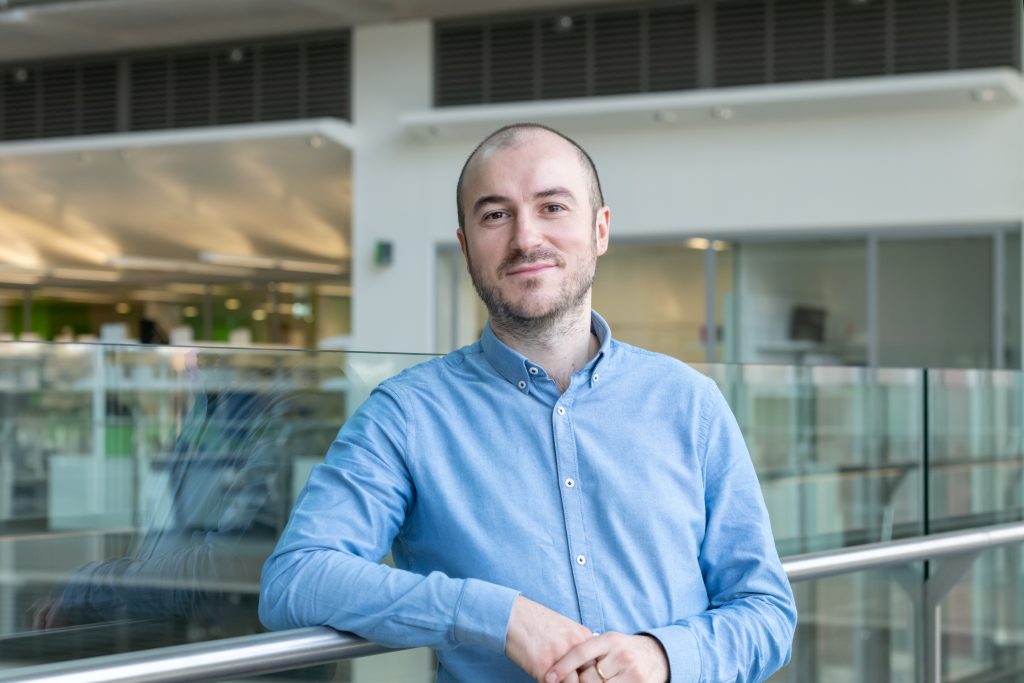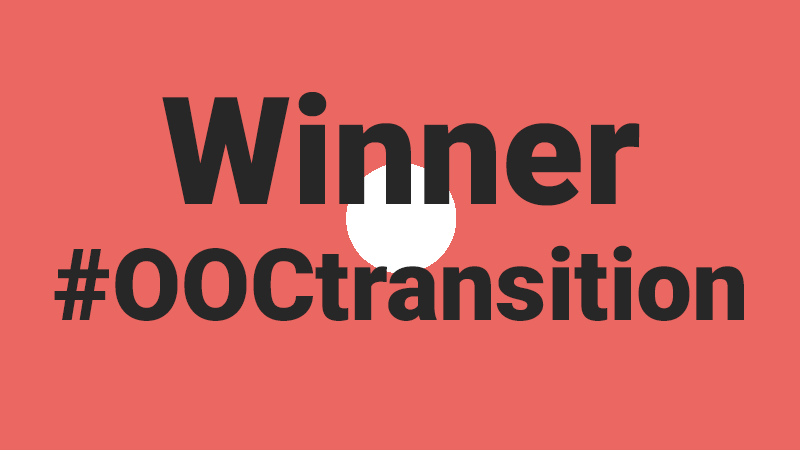
Image credits: Dave Gudridge | The Francis Crick Institute
Last November, we launched the #OOCtransition initiative to promote and accelerate the development of Organ-on-Chip models with the potential to reduce and replace animal testing.
Researchers from all over Europe submitted their abstracts. After an accurate selection, the Bi/ond team selected the winner: the Tedesco Laboratory at University College London & The Francis Crick Institute (London, UK).
We had the opportunity to interview Francesco Tedesco, and discuss with him the transition from animal-based models to organ-on-chip methods.
Your group is focused on skeletal muscle regeneration. Which are the current main challenges in the field?
We are interested in skeletal muscle diseases, especially in severe neuromuscular diseases of childhood, but the same tools we have developed over the last few years can also be translated for other conditions, such as muscle injuries, sarcopenia or cachexia.
The field is vast and there are a number of challenges, including the ones related to modeling these diseases. One of them is the lack of cells we can use to perform experiments. There are many limits connected to the use of biopsy-derived cells, such as the limited amount of material and the short life span of the cells. This is why we developed specific strategies based upon pluripotent stem cells. Pluripotent cells give us an unlimited source of cells that we could then differentiate into muscle. These cell cultures are patient-specific and give us the opportunity to develop in vitro models of human muscle disease with higher fidelity than what we used to do before. Indeed we have developed strategies to make a tridimensional patient-specific muscle in the lab, which we can use to model muscle diseases with high fidelity.
This is why we will combine our expertise in making a3D human skeletal muscle with Biond’s chip-based platforms, to develop a more complex system to model muscle structure, vascularization, delivering compounds, perfusion, and innervation.
You’re one of the lead researchers who established the London stem cell network, could you tell us more about this project?
The London stem cell network connects the main research institutes in London working on stem cell biology and regenerative medicine, including the Francis Crick Institute, UCL (University College London), King’s and Imperial Colleges and many more. The goal of the network is to connect scientists, share knowledge and present data at conferences and workshops.
How do you see the future of this field?
The OoC field is growing rapidly. There will be a significant reduction of animal-based research, although initially, we might still need to use a limited number of animal models on some occasions to validate those in vitro platforms. Overall, I think we will see more and more complex, quasi-vivo OoC platforms modelling human physiology and diseases.
How did you decide to transition to OOC method and what benefits do you experience?
There are a number of benefits from having a more reliable platform to model your disease of interest, and avoid relying on animal models. Besides ethical concerns, animal models also have some practical limitations, such as cost and the lack of accuracy in recapitulating some specific diseases. For instance, we work on a particular muscle disease that has a specific type of inheritance in humans, but in animals that genetic inheritance is completely different.
The goal of my group is to “humanize” muscle models as much as possible, and I believe that new technologies are getting ready to support us. This is why I am really excited to start this collaboration with BI/OND and I am looking forward to achieving great results together!


